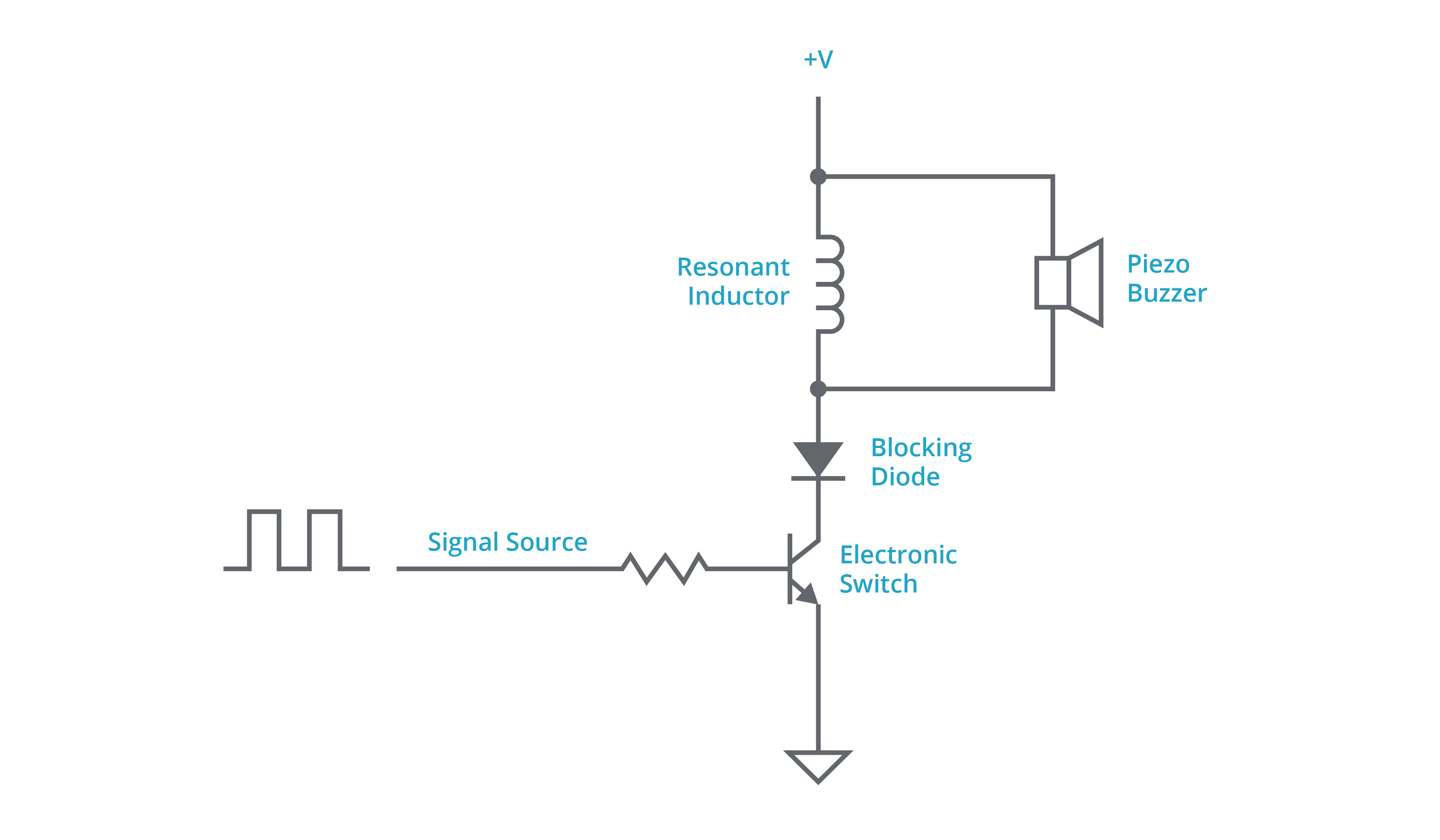
With the analog value 254 the LOW time of the signal is rather small, so that the piezo cannot reach its complete LOW state again. As the piezo in the buzzer needs to oscillate to make a sound, you need to give him time for getting back to the LOW state.Actually it is equivalent to digitalWrite(pin, HIGH), because analogWrite() is doing exactly that, if you provide 255 (similarily it uses digitalWrite(pin, LOW), if you provide 0). analogWrite(pin, 255) means 100% duty cycle and thus a constant HIGH signal.When changing the number for analogWrite(), you are not changing the frequency, but only the duty cycle (the ratio of HIGH and LOW times in one period of the signal). analogWrite() on the other hand generates a PWM signal, which is an alternating voltage (alternating between LOW and HIGH). On the transition from LOW to HIGH, you get a click, because the piezo in the buzzer is reacting to that change. The following is happening:ĭigitalWrite(pin, HIGH) will only set the pin to HIGH. You have the second type, a passive buzzer. and the ones, that only have the piezo and thus demand to be provided with an alternating voltage by you (these are the passive buzzers).The ones, that generate the alternating voltage themselves, thus only demanding a simple constant voltage from you to operate (these are the active buzzers).You seem to know, that you have a passive buzzer, but you don't know, what that means for you.Ī buzzer consists mostly of a piezo element, which vibrates and thus makes a sound, if you provide it with an alternating voltage. Those problems were due to the fact that the people asking the questions were not aware that the buzzer was a passive one.

ARDUINO PIEZO SOUND TONES CODE
Here is the code ("Numero" means "number" and "Dame un número" means "Give me a number": int Numero This is mostly out of curiosity, but I'd still appreciate it if you could answer it. The buzzing got louder as I wrote lower numbers until it got stable at around 250, and then got less loud as I decreased the number.ĭoes anyone know why that is? Is the voltage too much for the buzzer at 255/HIGH? I tried a resistor but still got nothing but clicking with the program set to 255/HIGH.

I am working on learning Arduino from scratch and I am on the buzzer lesson. My solution is more CPU-intensive, while his uses more I/O and external components (voltage adder).Everyone. The main differences with Telaclavo's solution are that his signals are square waves, whereas mine are sines, whichever you prefer. This also works for mixing more than two signals. So for the first signal you read 72 values further in the sine table, for the other you go 108 values further at each sample. Your 2kHz signal will step 72° per sample, your 3kHz signal 108°.

Your sine table has a value for every degree. Use a low-pass filter to filter an analog voltage from the PWM.įor example, suppose you want a 2kHz signal with a 3kHz signal, and your sample frequency is 10kHz. Upon a timer tick (at your sample frequency) add those phases to two phase accumulators, look up their values in the sine table, add them and set a PWM output to that value. Calculate the phase difference between successive samples for both signals at the used sample frequency.


 0 kommentar(er)
0 kommentar(er)
